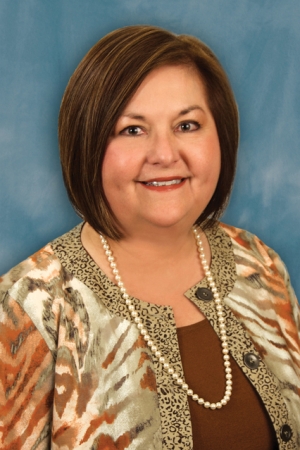Low-Income Latino Neighborhoods May Protect Against Frailty
December 09, 2011 / by Vincent Lim- Research
Mexican-American neighborhoods are often characterized as areas with high poverty rates, poor access to health care, and low educational and socioeconomic attainment, but they also seem to offer protective health benefits for the older adults who live there, a new USC study finds.
The study, published in the Journal of Aging and Health, suggests older Mexican-Americans who live in ethnically dense Mexican-American neighborhoods have a lower risk for increased frailty than those who live in more ethnically heterogeneous neighborhoods.
“Many times we assume that low-income neighborhoods are bereft [of basic needs],” said lead author Maria Aranda, an associate professor at the USC School of Social Work and USC Edward R. Roybal Institute on Aging. “This study points to the idea that – at least in areas with a high percentage of Mexicans and Mexican-Americans – there are factors that are protective.”
Previous studies have also found that older Mexican-Americans living in communities with high Mexican-American density had better self-rated health, higher cognitive functioning and lower mortality rates.
Aranda, who also holds a joint appointment in the USC Davis School of Gerontology, indicates possible explanations for the better health outcomes.
“There is a high sense of community cohesion,” she said. “People can share information and resources that are health-related.”
Mexican-Americans may be benefiting from the informal exchanges of information and knowledge that are facilitated when people live in communities with others from similar cultural and socioeconomic backgrounds, Aranda explained.
The authors also speculate the presence of more pedestrian-friendly sidewalks and accessible public transportation stops in some of these neighborhoods may promote behaviors that keep older adults more physically active and healthy.
Frailty – a geriatric condition generally characterized by unintentional muscle mass and weight loss, weakness in grip strength, feelings of exhaustion and low levels of physical activity – has been linked to an increased risk of disability, morbidity and mortality.
There remains a dearth of information about the nature of frailty among older Hispanics, who are projected to be the largest minority older population by 2050. The work by Aranda and her team attempts to close the knowledge gap about a significant public health issue facing a population growing in significance.
“We need to integrate frailty assessment in primary care and public health systems,” Aranda said.
Frailty affects 15 percent of individuals aged 65 years and older. As the U.S. population continues to grow older, the number of frail adults is estimated to dramatically increase.
“We need to assess frailty over time,” Aranda said. “We need to be able to identify people at the pre-frailty status, so we can effect change.”
This analysis is the first to draw data from the largest community-based study on frailty among Mexican-Americans in the United States aged 75 and older. Other factors researchers found to decrease the risk of increased frailty included having private insurance or Medicare and having higher levels of cognitive functioning.
To reference the work of our faculty online, we ask that you directly quote their work where possible and attribute it to "FACULTY NAME, a professor in the USC Suzanne Dworak-Peck School of Social Work” (LINK: https://dworakpeck.usc.edu)
